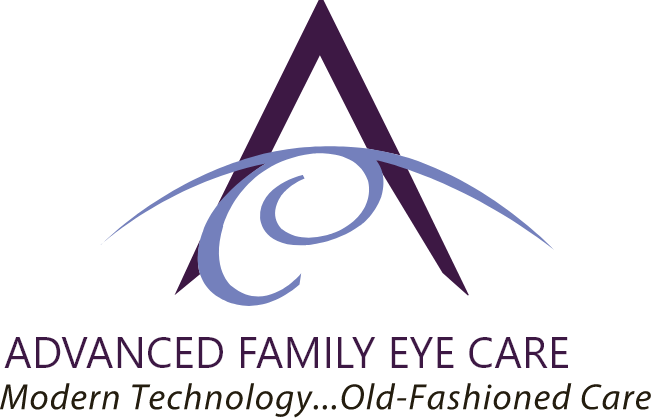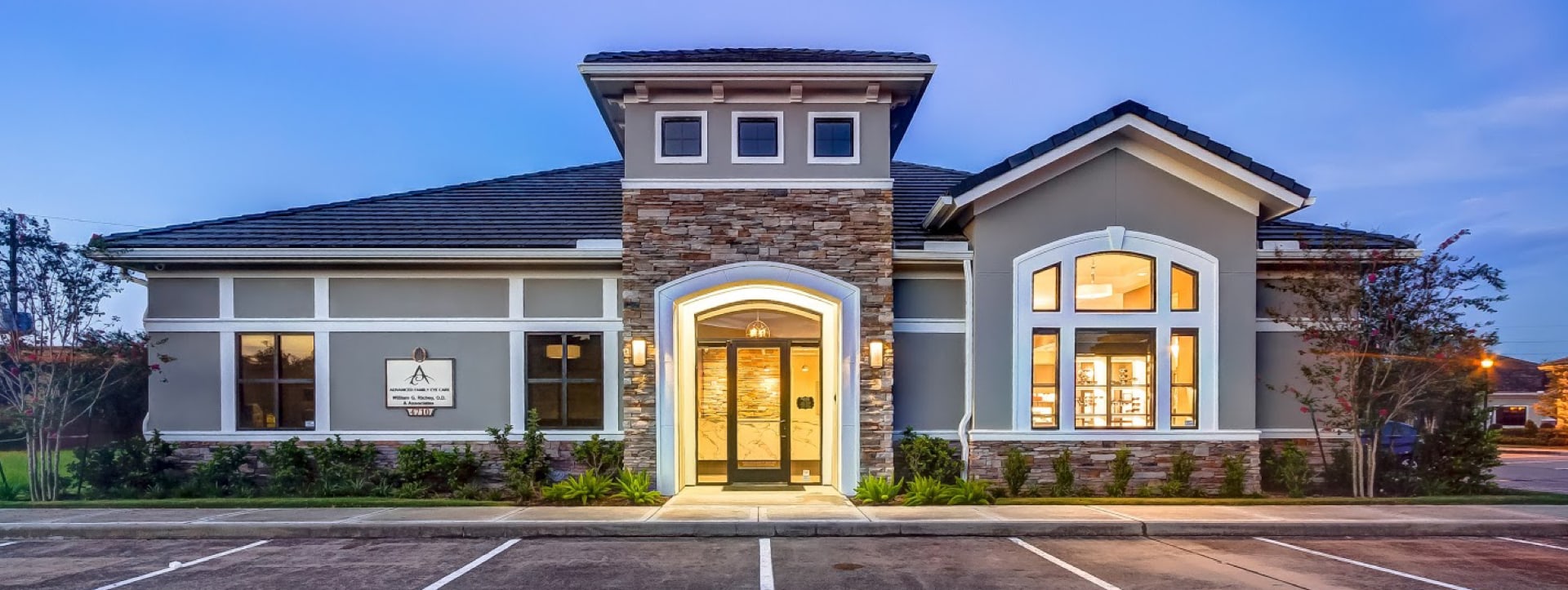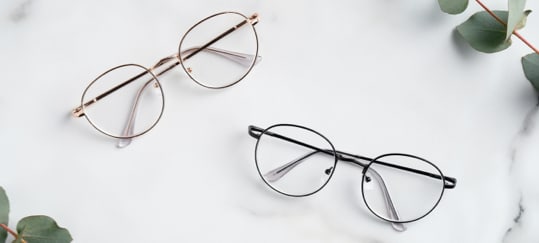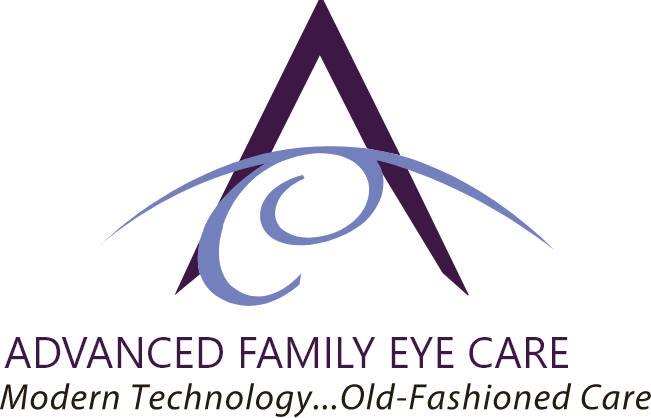Do you or your child have myopia? Otherwise known as nearsightedness, myopia is a common condition that can impact everyday life, from work and school to recreational activities. If your child has been diagnosed with myopia, it’s natural to be concerned.
Myopia does not improve with age, but its progression can be slowed with management options. In fact, myopia will progressively get worse until a young person’s late teens or early twenties. The good news is that modern optometry has ways to slow down this progression. The earlier we detect myopia, the earlier we can start treatment, and the more time we have to slow myopia down. That’s why regular eye exams are so important for children.
The Basics of Myopia
Myopia is commonly known as nearsightedness. It’s when your distance vision looks blurry, but objects up close remain clear. This happens when the shape of the eye is irregular, causing light to focus in front of the retina rather than directly on it.
Myopia is a common condition, affecting around 40% of the American population.
Risk of Developing Myopia
Genetics and environmental factors contribute to a person’s risk of developing myopia. While we’re not quite certain what, exactly, causes myopia, science believes the following are risk factors:
- Having a parent who has myopia
- Not spending enough time outdoors
- Prolonged time doing “near work” such as reading or using screens
Having an inaccurate glasses prescription or not wearing glasses when they’re needed may also speed up myopia’s progression.
Signs a Child May Have Myopia
Younger children may not be able to communicate their symptoms. Caregivers can look out for signs of myopia, including:
- Holding things close to look at themselves or sitting very close to the television
- Frequent squinting, blinking, or closing one eye
- Rubbing their eyes often
- Excessive tears
- Problems with concentration or struggling at school
- Complaining that they can’t see something far away, that someone without nearsightedness (or corrected nearsightedness) can see
When Does Myopia Stabilize?
Myopia tends to get worse during childhood, before stabilizing in a person’s late teens or early twenties. This progression tends to be fastest between the ages of 7 and 10. However, about 40% of adults in their 20s still experience myopia progression.
Adult-onset myopia is often linked to another condition, such as diabetes or cataracts. If you experience sudden nearsightedness or have other concerning symptoms like floaters, flashes, shadows, or vision loss in one eye, seek medical help immediately.
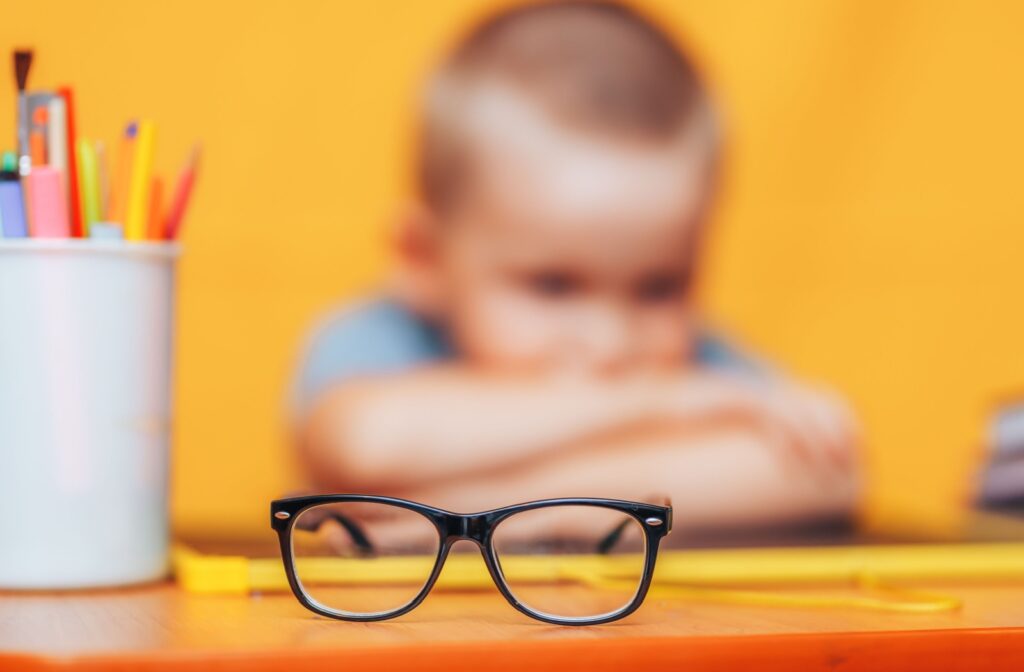
Preventing Myopia
Because genetics plays a role, myopia isn’t entirely preventable. However, spending more time outdoors and limiting close work are linked to a lower chance of developing the condition.
You can promote healthy visual habits by:
- Teaching kids the 20-20-20 rule: When doing close-up tasks, take a break every 20 minutes to look at something 20 feet away for 20 seconds.
- Using a healthy reading distance: You can use the elbow rule, which means keeping reading materials a wrist-to-elbow’s length away from the eyes.
- Encouraging kids to spend time outside: 13 hours a week of outdoor time (around 2 hours per day) has been associated with a lower incidence of myopia.
The American Academy of Pediatrics also has guidelines on appropriate screen time for children.
Ways to Manage Myopia Progression
Modern optometry offers ways to slow down the progression of myopia. Myopia control methods don’t cure nearsightedness, but the earlier you start them, the more time we have to slow myopia’s progression.
Myopia control is important because high myopia is associated with a greater risk of serious eye diseases like myopic maculopathy and retinal detachment. These risks are linked to the abnormally long shape of the eye. Even if laser eye surgery corrects the refractive error, it doesn’t eliminate the risk of these conditions.
Here are some common options for myopia control:
Atropine Eye Drops
Atropine eye drops used at a low concentration can slow myopia. However, your child will still need to wear glasses or contact lenses to correct their vision.
Contact Lenses & Glasses
Certain types of contact lenses and prescription glasses can slow the progression of myopia and correct nearsighted vision. Whether your child chooses contact lenses or glasses depends on their preferences and lifestyle. Active children may benefit from the convenience of contact lenses, but glasses are easier to wear and care for.
Orthokeratology
Orthokeratology or ortho-k contact lenses are worn while a child sleeps. These lenses change the shape of your child’s cornea overnight, so they can see clearly the next day. These lenses don’t need to be worn during the day, and they can also slow myopia’s progression.
Myopia Control in Missouri City, TX
Learning that you or your child has myopia can be challenging. But while myopia has no cure, there are ways to manage it. The sooner we start treatment, the more time we have to slow myopia’s development. Early intervention can mean ending up with a lower prescription by adulthood than one would have had if they hadn’t undergone myopia control. Advanced Family Eye Care has been serving the Missouri City area for over 20 years. If your child shows signs of myopia, bring them in for a comprehensive eye exam. If myopia is diagnosed, we can discuss treatment options that align with your needs and preferences. To get started, book an appointment with us today.
